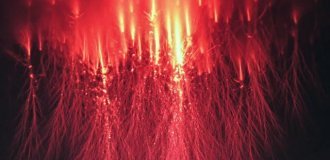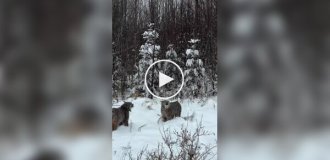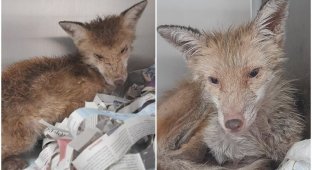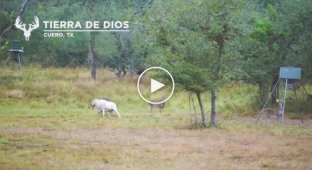You can find many strange animals in the world. One of them is the kancil, or Javan deer. This little guy can surprise! 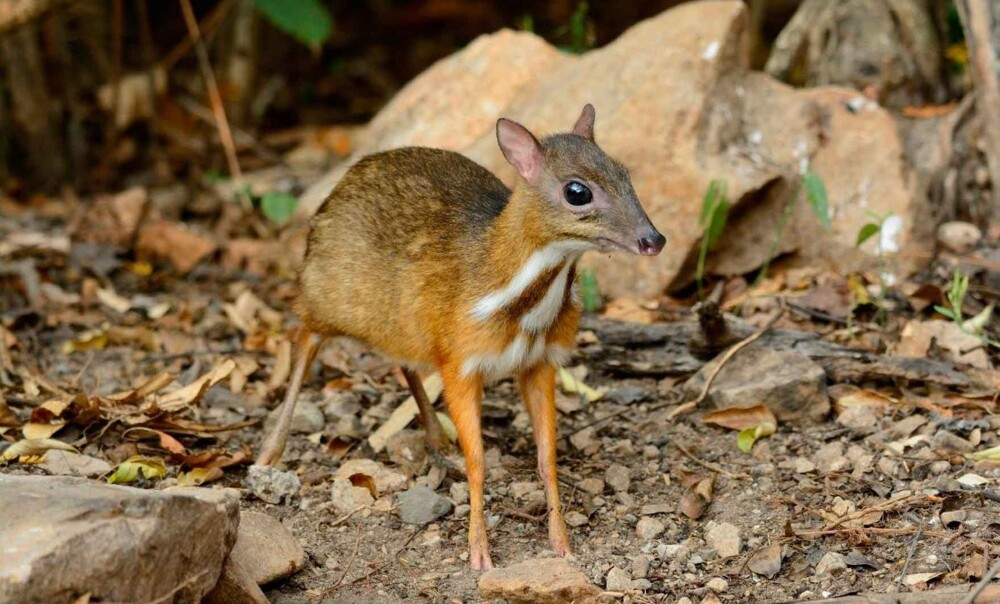
It is believed that this baby, thanks to her intelligence and ingenuity, defeats her enemies, even despite her total smallness. The ungulate is the size of a cat: height - only 55 centimeters, weight - up to 2.5 kg. 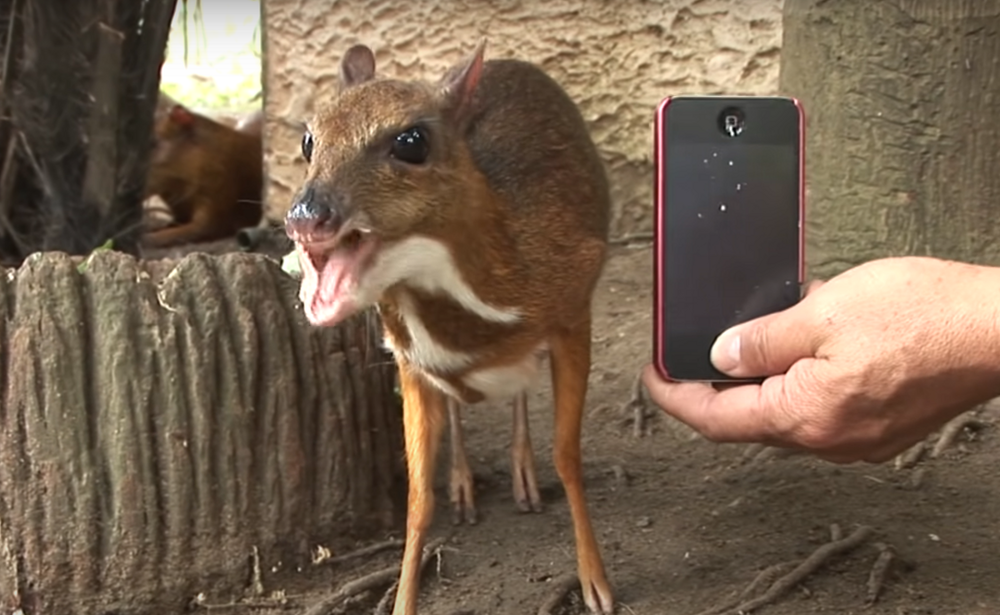
Take your phone in your hand, place it on the table and imagine how tiny this deer is.
Externally, the kancil resembles a ball on thin legs, the diameter of a pencil. A cute face, huge doe eyes and five-centimeter fangs go along with it. 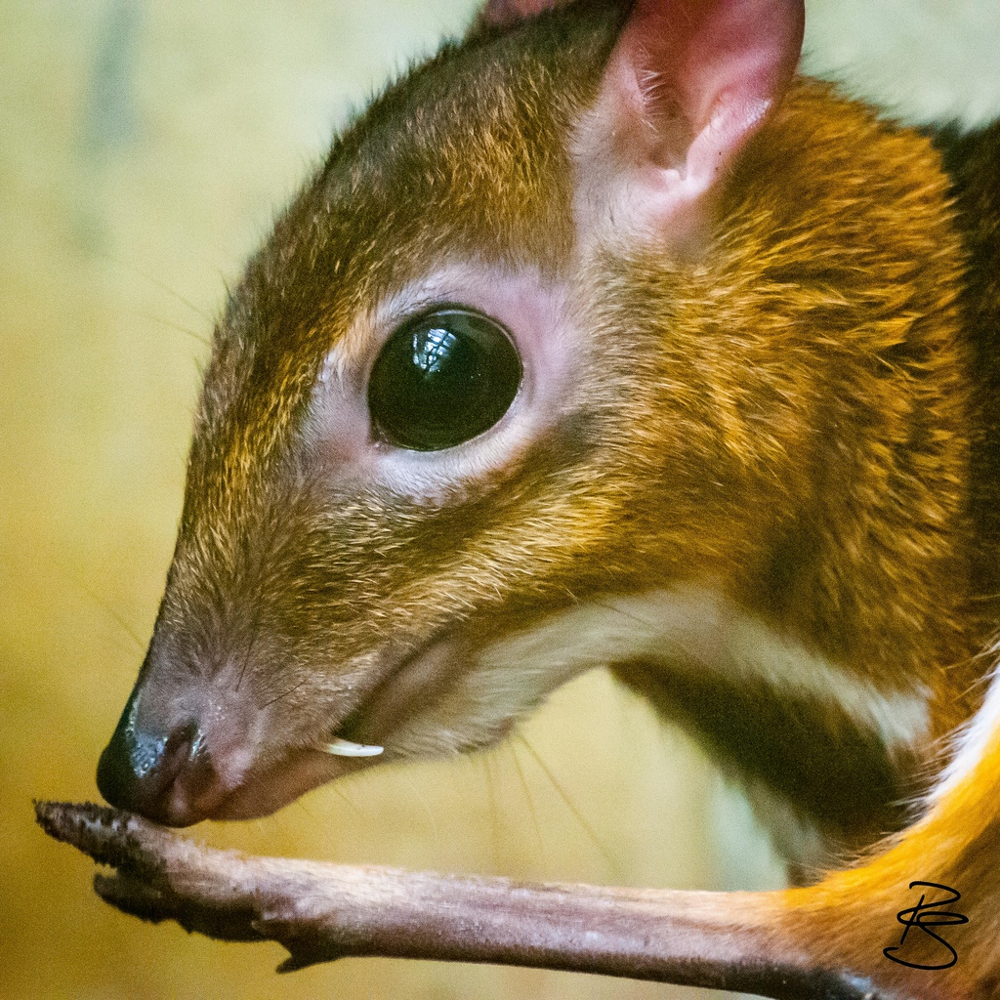
Male deer are literally saber-toothed. Probably, ungulates did not develop horns because they live in dense thickets. A hanger on your head would simply prevent you from moving normally among the bushes, but you need something to protect yourself. So the guys grew “tusks” to fend off predators and fight off their female from competitors. 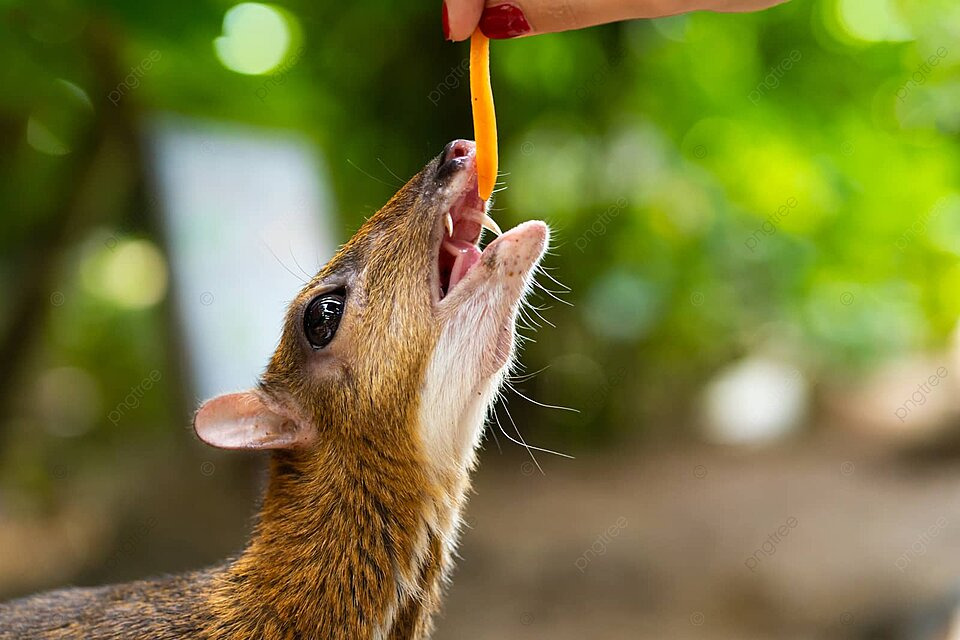
How did such a baby survive in this cruel world? Quite successfully, because deer are one of the first families of ungulates on Earth. It is believed that they first appeared about 50 million years ago, and during all this time practically nothing has changed about them - neither their appearance nor their behavior. 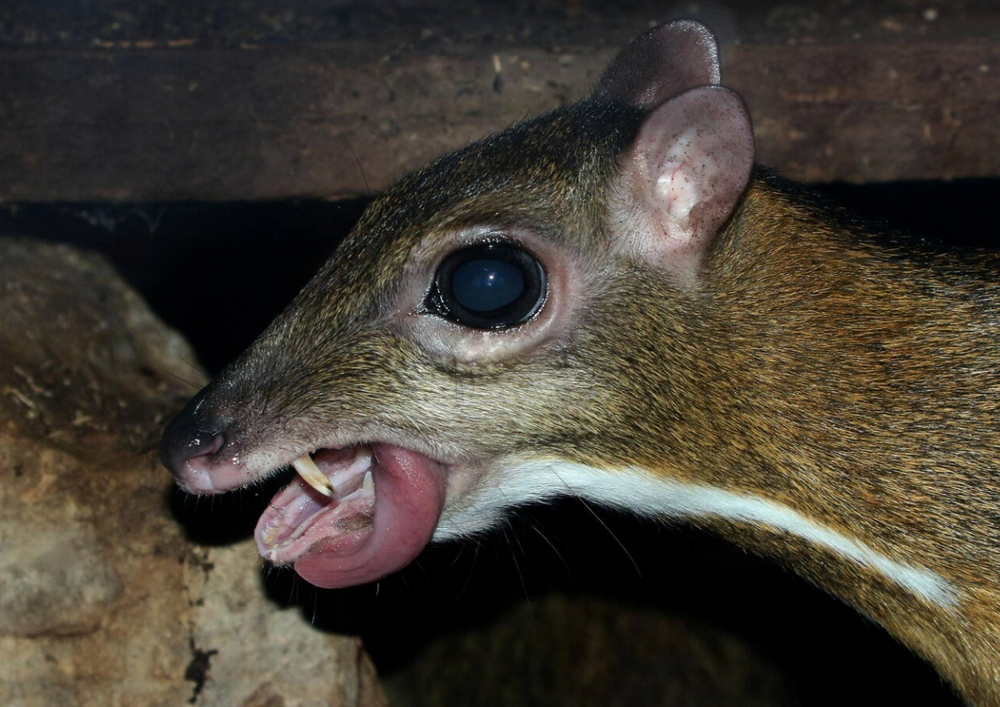
The kanchila differs from more “advanced” ungulates not only in size, but also in its social structure. For example, traditional values: monogamy is common among deer. Among sheep, deer and cows - this is unheard of conservatism! To indicate boundaries and chosen ones, kanchili use secretions from a special odorous gland under the chin. Someone proposes, and someone smears his beloved's back with a secret - to each his own. 
If marking the boundaries does not work, the kanchil resorts to a second weapon - the war drum. A dissatisfied deer furiously drums its front hooves on the ground at a speed of 7 beats per second. If the shot does not convince the opponent to leave the territory, the male uses his fangs. No wonder he raised them! 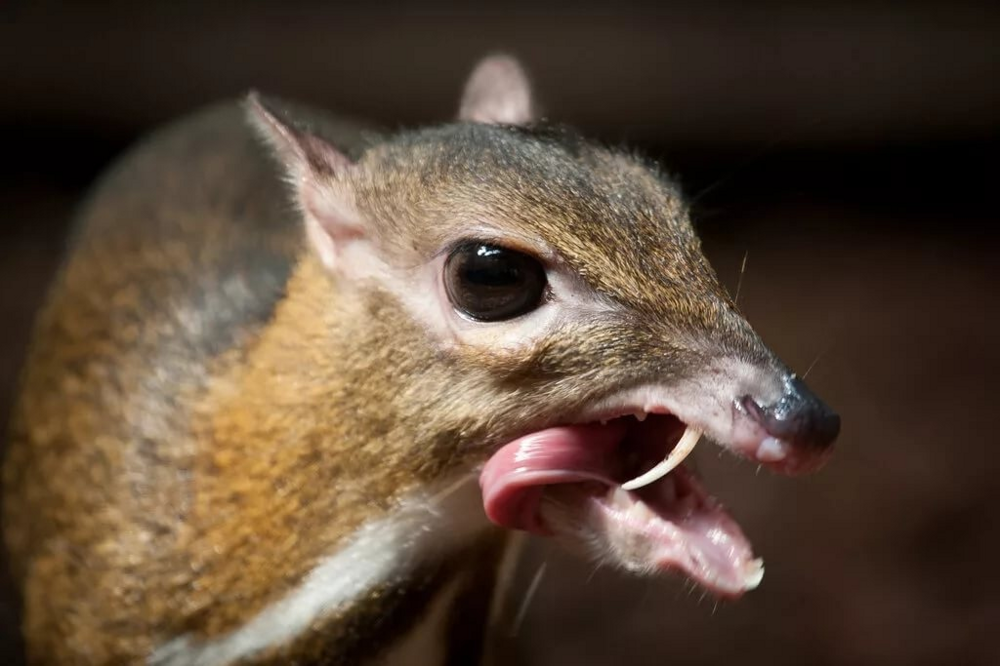
One of the main reasons for the successful survival of the entire kanchili species is the continuous production of cubs. Pregnancy lasts 4.5 months, but the female is ready for the next baby 1.5 hours after giving birth! It is not surprising that the deer zealously defends its passion: no one wants to become a full-fledged deer. 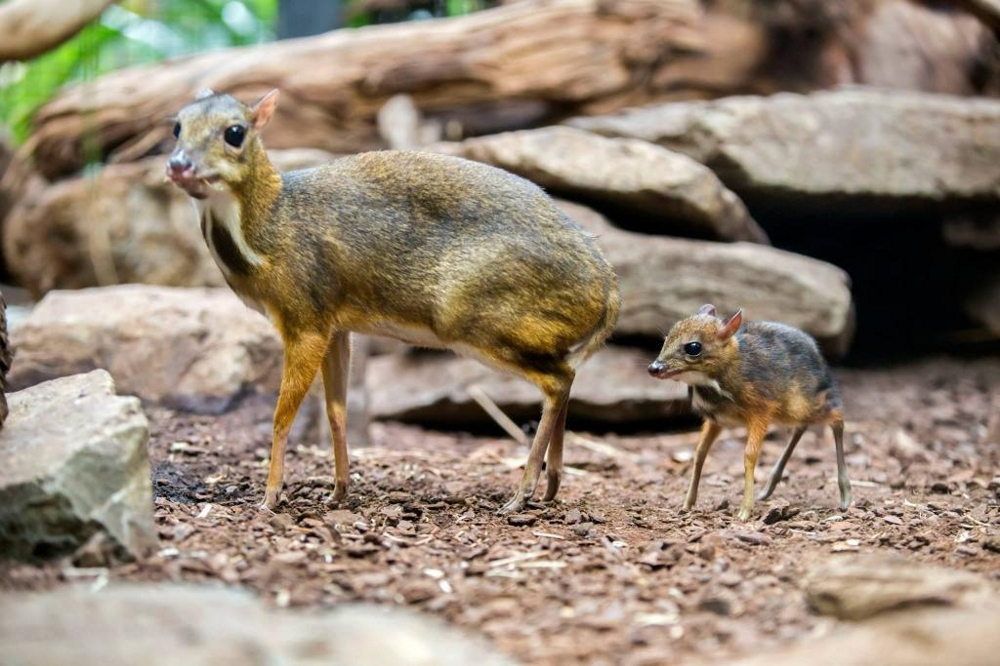
The baby is born quite independent and within half an hour after birth it confidently stands on thin legs. For another four months he will feed on his mother's milk, gradually moving on to solid food. And by six months he will be able to start his own deer family. 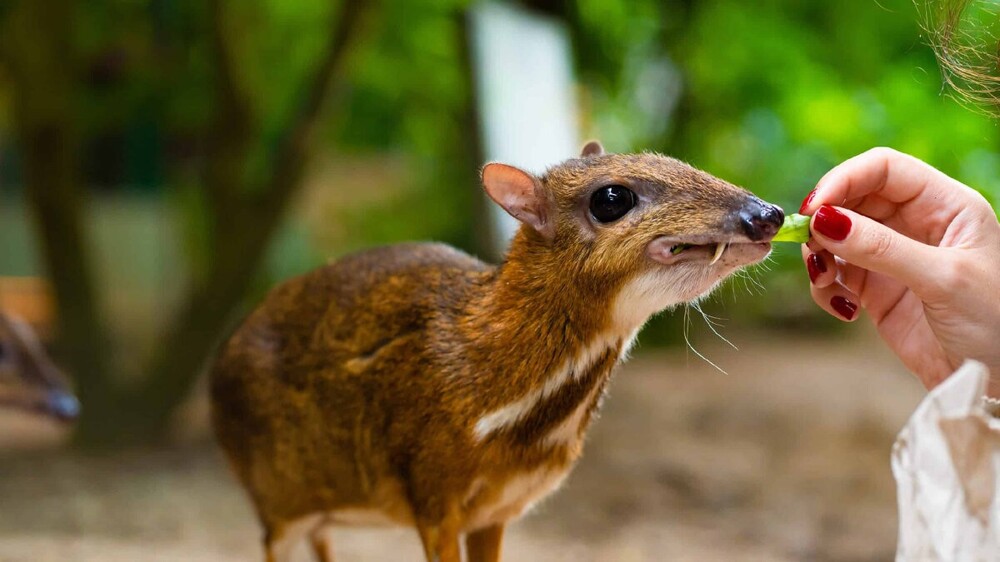
Add your comment
You might be interested in:





